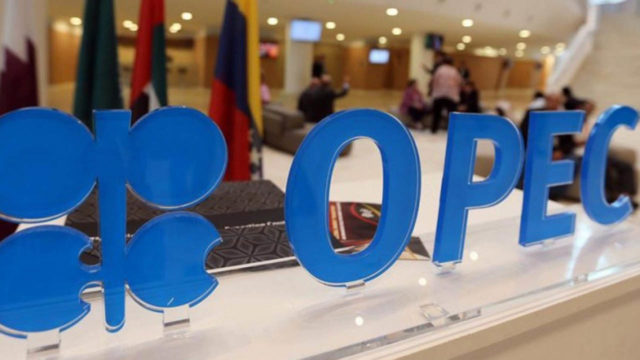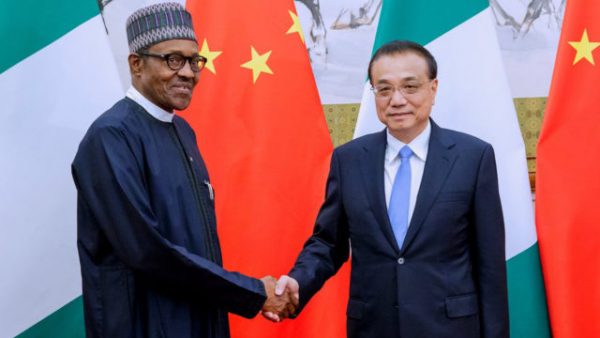‘OPEC+ can’t solve oil market challenges amid scarce investments’
The world needs more investments in various crudes from around the world, international oil companies working in this sector should continue their work, and oil and gas investment incentives should be present to avert oil price hikes, Suhail al-Mazrouei told the state-run WAM news agency.
The UAE, OPEC’s third-biggest producer, is committed to supporting OPEC+ and working with the coalition on the monthly oil production increases in order to establish supply and demand balance, the minister added.
The OPEC+ coalition — an alliance between the organization and 10 partner countries led by Russia — has been gradually lifting its production quotas by 400,000 barrels per day each month, a pace that has not brought much relief to the market, with front-month Brent futures hitting a seven-year high above $88/b.
S&P Global Platts assessed Dated Brent on Jan. 18 at $88.525/b, up by 0.92 per cent on the day.
The OPEC+ alliance, which has been convening monthly, meets next on Feb. 2 to decide on March output levels.
Global oil demand is set to surpass pre-pandemic levels in 2022 as fears over the latest coronavirus wave subside, creating the potential for another “volatile” year of oil prices, the International Energy Agency said Jan. 19.
In its monthly oil market report, the IEA raised its demand estimates by 200,000 bpd for both 2021 and 2022, to reflect clear signs that the impact on economic activity and oil demand from the omicron variant remained “relatively subdued.”
World oil demand is now seen rising by 5.5 million bpd in 2021 and by 3.3 million bpd in 2022, the IEA said, surpassing pre-pandemic levels of 99.7 million bpd in 2019.
During the final quarter of 2021, the IEA said global demand had already “defied expectations,” rising by 1.1 million bpd to 99 million bpd, an upward revision of 345,000 bpd compared with its previous report.
Meanwhile, OPEC warned Jan. 18 of a choppy oil market ahead, between lingering COVID-19 hotspots, surging inflation and ongoing supply chain disruptions, but said the continued emergence of the world economy from the pandemic in 2022 should keep crude prices supported throughout the year.








